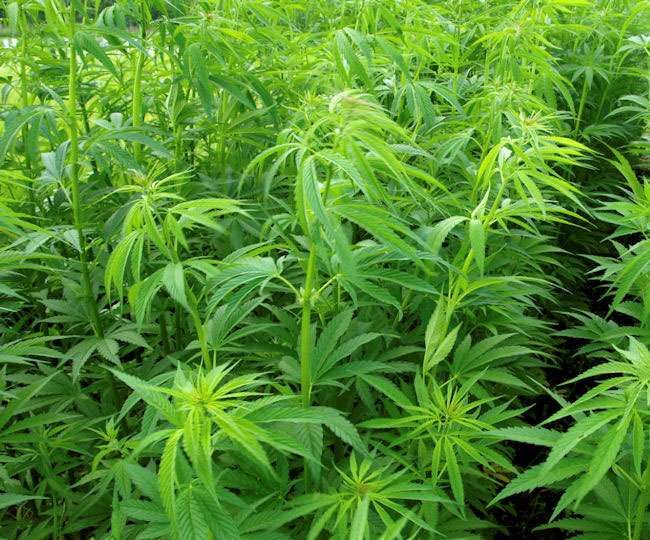Cannabis Based Drugs (CBDs) and A Brief History of Use of Cannabis sativa Part I – Blog Post by Asrar Qureshi
Dear Colleagues! Today is Pharma Veterans Blog Post #150. Pharma Veterans shares your wealth of knowledge and wisdom with others for the benefit of entire Pharma Community. It aims to recognize and celebrate the Pharma Industry Professionals. Pharma Veterans Blog is published by Asrar Qureshi on WordPress, the top blog site. If you wish to share your stories, ideas and thoughts, please email to asrar@asrarqureshi.com for publishing your contributions here.
During 2018, US FDA approved three drugs derived from Cannabis. It is a significant and interesting development, from an illegal substance to approved medication. Through this series, I shall take you through the history of Cannabis and how it reached where it is today.
Prior to this, medical use of cannabis had seen steady rise in the last ten years. The reasons included stronger movement together legalization of Cannabis and growing body of evidence on its benefits in certain medical conditions. This may be just the beginning and Cannabis may find diverse uses in medicine.
History

The plant Cannabis sativa, popularly known as ‘Bhang’ or ‘Gaanja’ in South Asia and as ‘hemp’, ‘Marijuana’ or simply ‘Weed’ in English has been alleged to be around for over 3000 years as per written history. Archaeological dating puts it much further behind; may be 8000 - 10000 years. It must be something to have been able to survive for so long.
Cannabis plant is indigenous to Central and South Asia. However, it has also been detected in East Asian countries like Japan and Korea. China has a long history of growing hemp plant and using its fiber for ropes and even making early form of paper. (2)
Unlike common perception, Cannabis plant was not primarily used as intoxicant in the ancient times. It was known and used for its fiber which was made into strong rope, and sheets. For a long time, the ship sails and ropes were entirely made from hemp fiber. Psychoactive properties of Cannabis also became known since a long time leading to its use for medicinal, mystic, and recreational properties.
In Pakistan, we used to see ‘Bhang’ (the extract of plant leaves) being prepared and consumed openly at small and large ‘mazaars’. It was considered to be rather harmless, innocent thing and neither law nor public bothered with it. Another presentation of ‘Bhang’ was that the leaves were mixed with gram flour and deep fried to make ‘Bhang Pakoras’. It was also a way of playing prank on someone who would eat these unknowingly and get ‘high’ and source of amusement for the pranksters. It was 40-50 years back when government also gave license to open opium shops which always had a black sign board with white writing ‘Theka Afyoon’ in Urdu. They got supply from the government and sold to regular, registered addicts.
‘Gaanja’ is the extract of flowers and is used synonymously. Hashish (charas) is Cannabis resin.
Cannabis plant and its ‘products’ were introduced throughout the world by travelers, sailors, traders, invaders and scholars.
In the late 1800s, Cannabis use was restricted in most of the Islamic world. In 1925, hemp plant cultivation and import/export were put under international restrictions requiring licenses and certification.

Hemp refers to the variety that has been bred
specifically to produce fiber used in clothing and other materials, oils,
lotions, and seeds and other foods. Hemp contains very low levels of the
psychoactive compound THC. Marijuana is cultivated for its medical and
psychoactive uses. (1)
Research on Medical Use of Cannabis
While there is a bit of controversy about what constitutes as hemp and what constitutes as marijuana (both legally and scientifically), one thing is clear. They’re both from the same species of plant, Cannabis Sativa L. There just so happen to be several variants of the single species of Cannabis. (1)
Medical cannabis is unusually broad as a treatment for many conditions, each of which has its own state of research. Similarly, various countries conduct and respond to medical cannabis research in different ways. (3)
The research has been going on for long. It became known that the active substances in cannabis are ‘Cannabinoids’ or more specifically TetraHydroCannabinol (THC). Over 100 different strains of THC have been identified and more will be discovered.
You can gauge the interest by the fact that during 2017, 69 studies, and during 2018, 122 studies have been published on the use of Cannabis in various medical conditions. (4)
In the next blog post, I shall discuss the medical conditions in which Cannabis-Based-Drugs (CBDs) are being studied.
To be Continued…..
References.



Comments
Post a Comment